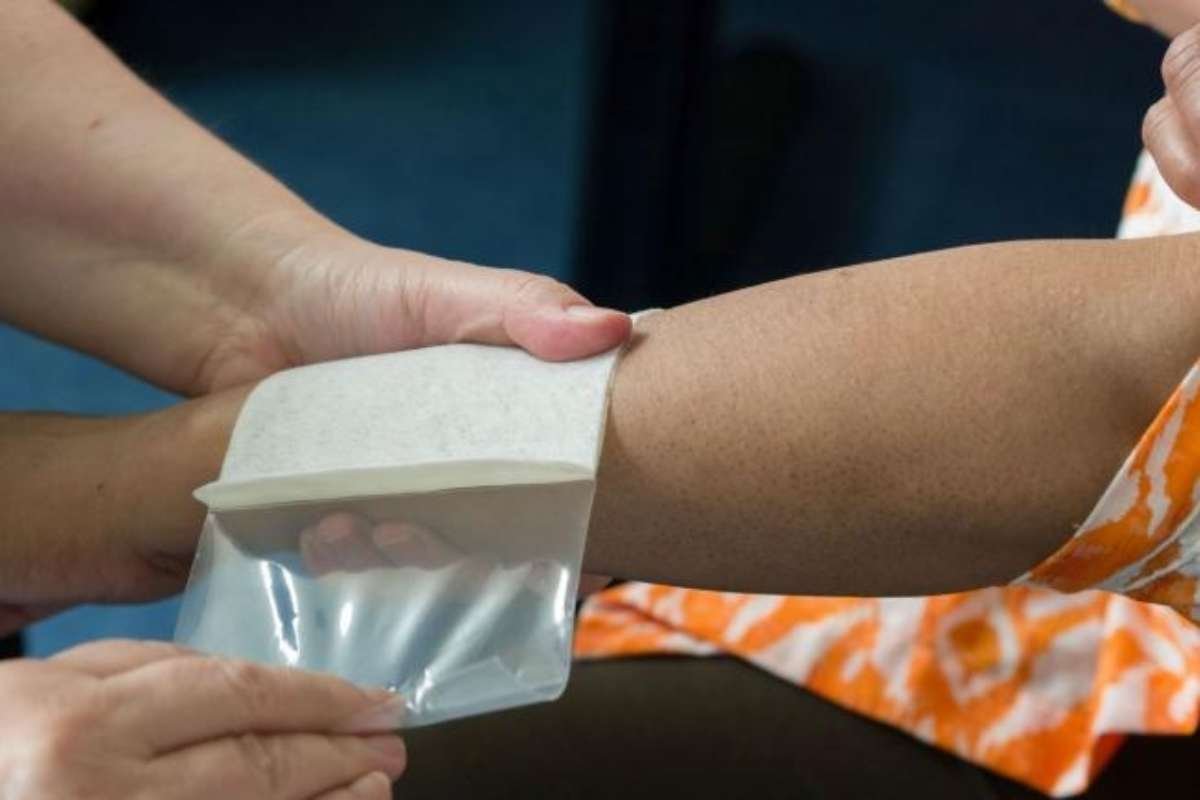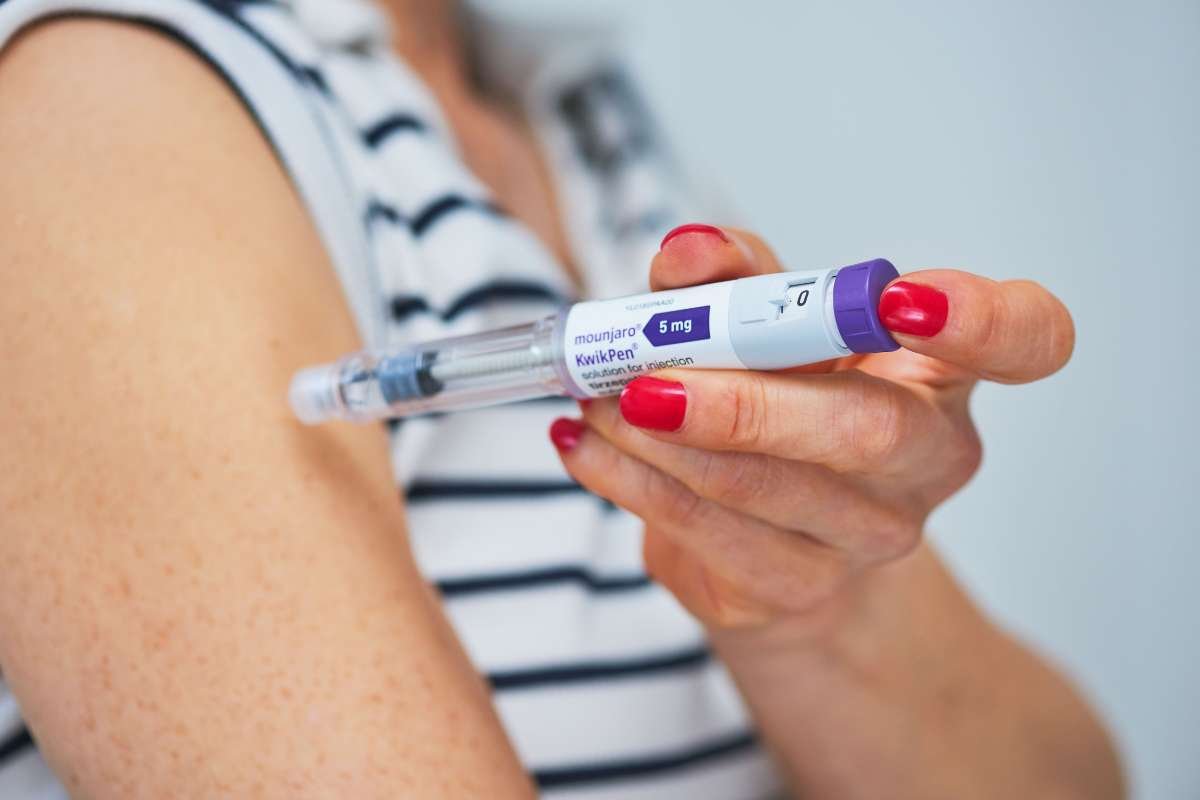If you or someone you care for is dealing with a wound, you have probably noticed how much wound care has advanced over the years. One of the most exciting developments is Hydrogel Dressings, a game-changer in how we manage and treat different types of wounds.
These dressings do more than just cover a wound; they create a moist environment that promotes faster healing, reduces pain, and helps repair damaged tissue more effectively.
In this article, we will cover everything you need to know about hydrogel dressings: what they are, how they work, their benefits, where they are used, and what to keep in mind when using them. If you are a healthcare professional, a caregiver, or someone healing from an injury, understanding these dressings can make a real difference in your recovery journey.
What Are Hydrogel Dressings?
Hydrogel Dressings are advanced wound care products made primarily of water (around 90%) combined with a gel-forming material such as polyvinylpyrrolidone, polyethylene oxide, or agar. This water-rich composition allows them to keep wounds moist, which is important for tissue regeneration and healing. They come in several forms, sheets, gels, or impregnated gauze, and are suitable for a variety of wound types. Their cooling effect also makes them an excellent choice for painful wounds, as they soothe the affected area upon application.
How Do Hydrogel Dressings Work?
The key function of these dressings lies in their ability to maintain a moist wound environment. This is important for several reasons:
- Promotes cell migration and tissue growth
- Reduces pain by hydrating nerve endings
- Assists in autolytic debridement (the body’s natural method of removing dead tissue)
- Prevents wound dehydration, which can slow down healing
Hydrogel dressings are semi-permeable, allowing oxygen to pass through while keeping bacteria out. This reduces the risk of infection while supporting the healing process. Depending on the wound’s condition, they may also absorb minimal exudate (fluid) or donate moisture to dry wounds.
Benefits of Using Hydrogel Dressings

The use of dressings offers numerous advantages in clinical and home settings:
- Pain Relief: Their high-water content cools the wound and soothes nerve endings, making them ideal for burns, radiation injuries, and painful ulce
- Moisture Balance: Unlike traditional dressings that might dry out wounds, hydrogel dressings ensure optimal hydration, which is key to faster and more effective healing.
- Enhanced Debridement: By keeping the wound moist, these dressings facilitate autolytic debridement, allowing the body to naturally remove necrotic tissue without the need for harsh surgical intervention.
- Easy Application and Removal: These dressings are non-adherent, meaning they don’t stick to the wound bed. This makes dressing changes less painful and reduces the risk of damaging new tissue.
- Compatibility with Sensitive Skin: Hydrogel dressings are generally non-allergenic and gentle, making them suitable for people with sensitive skin or those prone to allergic reactions.
Common Applications of Hydrogel Dressings
Due to their versatile properties, this dressing is used in a wide range of medical scenarios. Here are some of the most common applications:
1. Burns (First and Second Degree)

Their cooling effect provides immediate relief, and their moisture-retaining ability prevents the wound from drying out.
- Pressure Ulcers: Especially useful in stages II and III, hydrogel dressings can help with debridement and promote tissue regeneration.
- Diabetic Ulcers: Keeping these wounds moist helps reduce complications and accelerates healing, especially when infection is controlled.
- Radiation Dermatitis: Patients undergoing radiation therapy often develop painful skin injuries. Hydrogel dressings can soothe and protect these sensitive areas.
- Post-Surgical Wounds: In cases where the wound is dry or healing slowly, these dressings can provide an ideal environment to kick-start the recovery process.
Read Also: Peptic Ulcer Disease Symptoms: A Comprehensive Guide
2. Limitations and Considerations
Despite their many advantages, hydrogel dressings are not suitable for every wound type. Here are a few considerations to keep in mind:
- Not ideal for heavily exuding wounds: They can become saturated quickly and may not manage large amounts of fluid effectively.
- Need for secondary dressing: In many cases, especially when used in gel or impregnated form, a secondary dressing is needed to hold the hydrogel in place.
- Shorter wear time: Compared to foam or alginate dressings, hydrogel dressings may require more frequent changes.
- Cost: They can be more expensive than traditional gauze dressings, although the improved healing outcomes often justify the expense.
It’s always best to consult a healthcare provider to determine if hydrogel dressings are appropriate for a specific wound type.
How to Apply Hydrogel Dressings?

Applying these dressings correctly is key to maximizing their benefits. Here is a general step-by-step guide:
- Clean the wound thoroughly using saline or an appropriate wound cleanser.
- Dry the surrounding skin to help the dressing adhere better.
- Apply the hydrogel dressing directly to the wound bed. If using a gel, spread it evenly; if using a sheet, ensure it covers the entire wound.
- Secure with a secondary dressing such as gauze, film, or foam.
- Monitor the wound regularly and change the dressing as recommended (typically every 1-3 days or as needed).
Always follow the manufacturer’s instructions and healthcare provider’s recommendations for best results
Future of Hydrogel Technology in Wound Care
As research continues, hydrogel dressings are expected to become even more advanced. Scientists are working on versions that incorporate antimicrobial agents, growth factors, or even drug delivery systems that release medication directly into the wound. Smart hydrogel dressings with biosensors may soon alert healthcare providers about infection or healing status in real-time. The integration of nanotechnology and biopolymers is also opening doors for customized, biodegradable, and eco-friendly wound care solutions.
Conclusion
Hydrogel Dressings represent a significant advancement in the field of wound care. Their ability to maintain a moist healing environment, provide pain relief, and support natural debridement makes them a top choice for a variety of wounds. While they may not be suitable for all situations, their benefits far outweigh their limitations in most cases. As wound care technology continues to evolve, these dressings will likely remain at the forefront, offering patients faster healing, less discomfort, and better overall outcomes. If you are a medical professional or someone managing a wound at home, understanding the role of hydrogel dressings can make a big difference in the healing journey.







